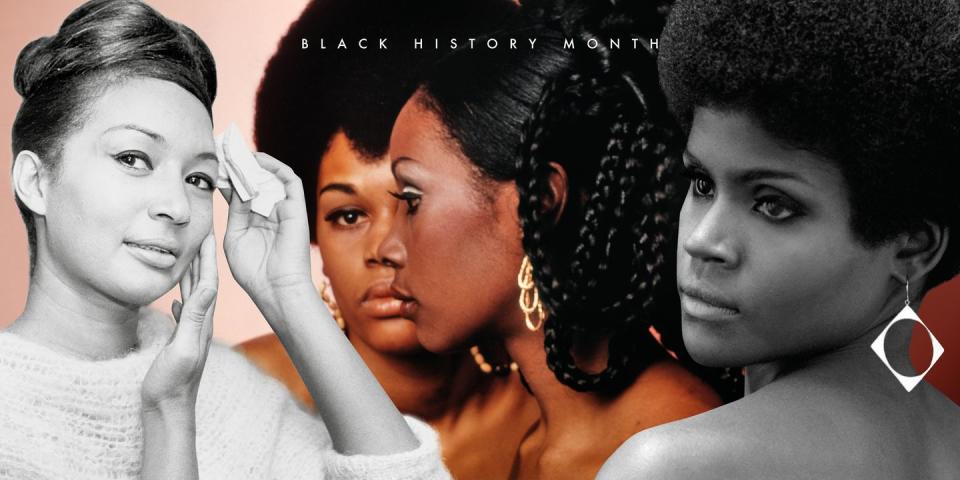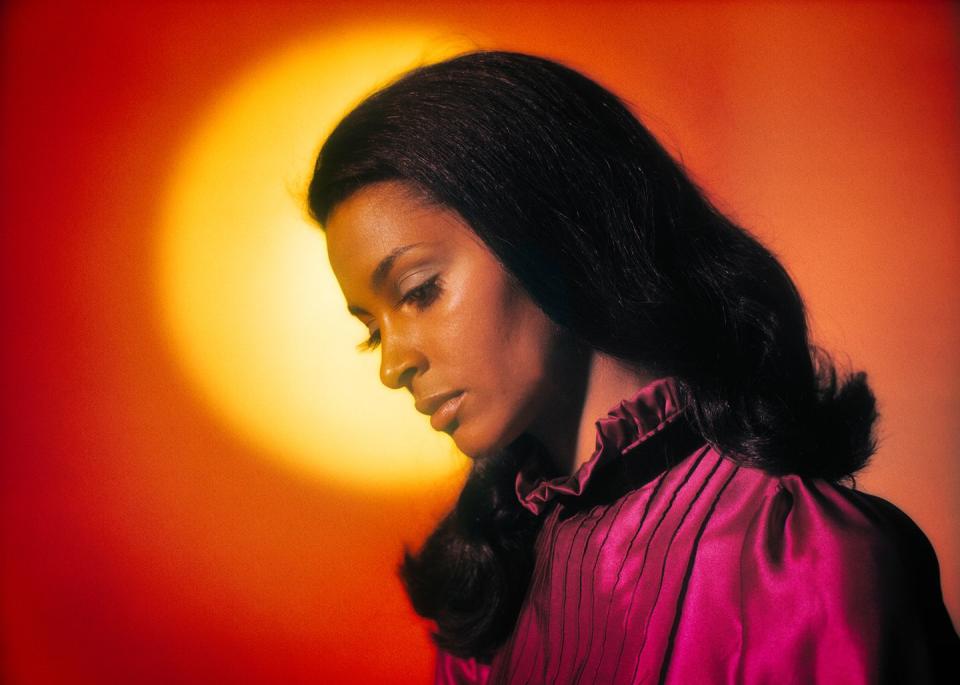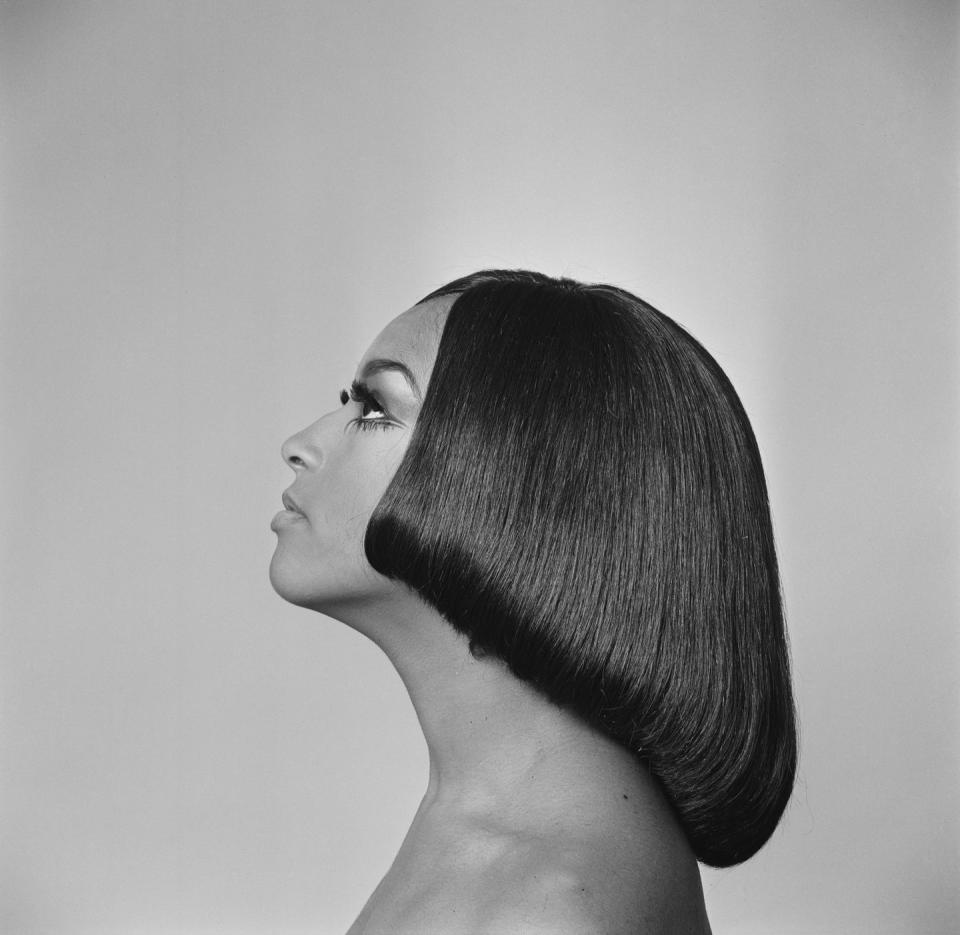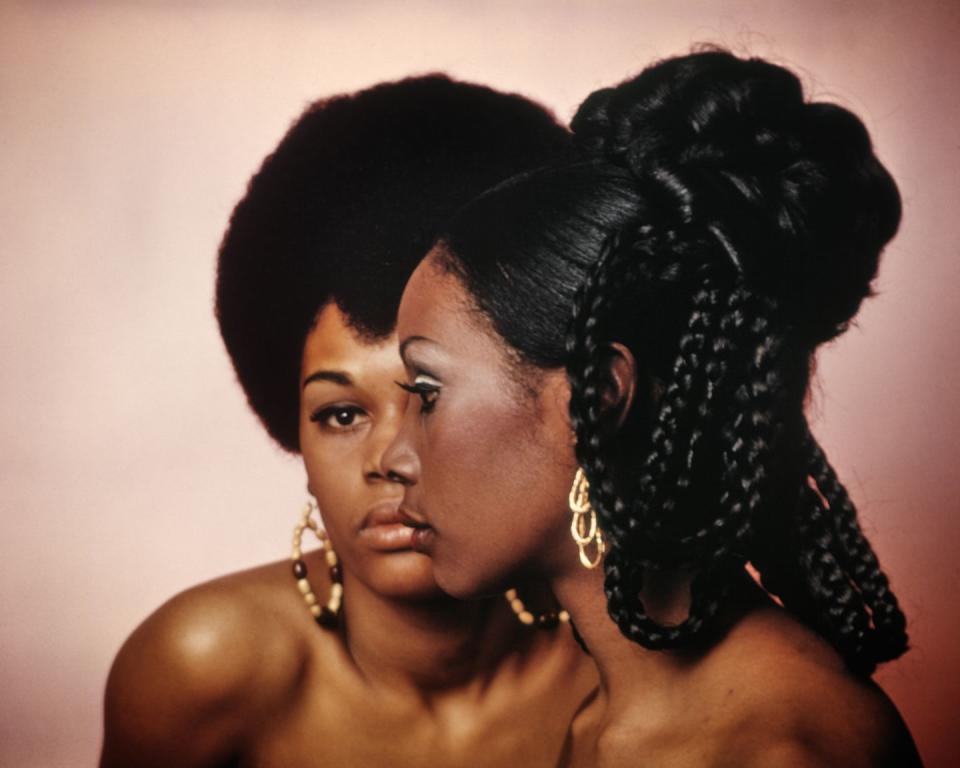The Black Women That Beauty Forgot

There’s a never-ending mental list of did-you-know statements about all manner of life topics. The tidbits, fun facts, stories about things and people behind the inventions. We tend to mentally store them up to insert into conversations as a means to impress others with our niche knowledge on the latest Zoom quiz.
We don’t have many did-you-knows about beauty, unless the creator of a product happens to be the namesake of their brand, like Estée Lauder or Charlotte Tilbury. So, we rarely give much thought to the stories or facts behind the products that we use in our beauty routines everyday.
To be honest, is it even that important? Well, yes. Beauty has a tendency to excel at the art of contradiction. There’s a much-needed and continuous flow of articles, petitions and social media campaigns trying to push the beauty industry to be more inclusive. Yet, there’s a group of pioneering Black women in history whose inventions and contributions paved the way for how we consume beauty today, and we’ve either forgotten or never heard about them.

When we think of the hairbrush that we use on a daily basis and the innovations in hot smoothing brushes, we rarely hear about Lyda Newman. As we plug in our hair straighteners in the morning and watch the plates glide through our hair, Ada Harris isn’t a name we recognise. We can list the white female founders that made their mark on beauty, but we rarely hear about Annie Turnbo Malone.
They are all Black women whose involvements in the world of beauty are at risk of being erased unless we share their incredible stories. So, let’s dive in.
Lyda Newman
Usually thrown into bags and rushed through strands, the humble hairbrush is often overlooked. We can always tell the difference when we use a more superior brush that’s perfected the balance of bristle type, handle length and cushion quality. While we spend more time brushing our hair than thinking of the innovation wrapped up in it, there’s an African-American woman whose invention helped to evolve the hairbrush into the tool we use today.
On November 15, 1898, a United States patent was granted to hairdresser and women’s rights activist Lyda Newman. Her hairbrush was a significant upgrade as according to the patent, the improved brush was designed to allow for convenient cleaning and proper ventilation. During this time, scalps were laden with oils and animal fats and hairbrushes were used to remove the debris and in turn, clean the hair. The product build-up struggle was real, especially on afro hair and with Newman’s hairbrush, she created a recess in the back so impurities from the hair or scalp would pass through the brush openings into the back. The back of the brush could then be easily removed and cleaned.
Prior to this, most hairbrushes used boar bristles but Newman’s hairbrush used synthetic ones, which are most commonly used today. When Newman wasn’t busy evolving this popular tool, she worked in New York City on women’s suffrage. Her patent earned its place in hairbrush history, and the next time you take a walk through the aisle filled with a plethora of brush options, you’ll see her lasting contribution.

Ada Harris
Some may call it hair straightening, others call it a coming of age ritual. Whether it’s via an at-home relaxer or a pair of straighteners that were purchased in an early 2000’s catalogue–straightening is usually a big moment in our individual hair histories. Interestingly enough, one of the major evolutions of the tool had its purpose in straightening curly hair and as the patent states, 'especially of service to; colored people in straightening their hair.'
The patent, dated April 2, 1895, was received by Ada Harris, a school teacher from Indianapolis. Her hair straighteners resembled tongs that you might find in a kitchen utensils drawer, but with two smooth plates and spring controlled handles. She wanted the device to be heated in the same way that a curling iron would. So, this would have been on a hot stove or fire. What made her tool quite unique, is the addition of a toothed, comb section that would, 'separate and comb the hair,' while the plates would press the hair. Harris, recommended that the hair was oiled before use and when the two hot plates came into contact with the hair, it would indeed make it straight.
Today, we have electric hot combs for afro hair and an array of hair straighteners and straightening brushes that can work with all hair types, even the comb chase method of running a comb through hair while you use a straightener was probably inspired by Harris’ idea. While Harris did publicly display the prototype of her straightener at an exhibition, similar to Lyda Newman she spent much of her life in service to her community and working for the advancement of her race.
Annie Turnbo Malone
Netflix recently dramatised the story of Madam C.J. Walker, the self-made African-American beauty entrepreneur. Her line of hair products and her business acumen, earned Sarah Breedlove as she was formerly known, a place in beauty history as one of the first Black women to be a millionaire in the United States. There was another incredible woman in her life, Annie Malone, who initially hired Walker as a sales agent.

In the 1900’s, Malone got to work on creating her Wonderful Hair Grower. She wanted to use herbs, such as sage and other ingredients to help Black women look after their hair and prioritise scalp hygiene. She started going door-to-door to sell her products and also gave demonstrations and speeches. Her business eventually outgrew St Louis, and became a national company and she began operating under the trademarked name, 'Poro'.
In 1918, she opened the Poro College, a school for cosmetology where she’d also train employees in her methods. In a 1922 handbook, it stated that, 'Poro profits bring economic independence,' and Malone’s business model was designed to help Black women in particular to gain meaningful employment at a time when there were such few options.
It’s said that her business endeavours helped her to become one of the first Black female millionaires and there were eventually 32 Poro Colleges and tens of thousands of Poro Agents around the world. She too, placed huge emphasis on giving back to her community through donations and providing a meeting place for local activities. Being able to place her products in white retailers and pharmacies, would have always been tricky, so Malone intelligently adapted to this by going direct to her consumer. With brands like Glossier, Beauty Pie and Kylie Cosmetics who have all successfully adopted this model, Malone’s forward-thinking ways of creating demand helped shape the industry.

Today, beauty still juggles between taking strides towards greater inclusivity, while also needing to go much further in its efforts. We’re having more conversations about decolonising our make-up bags and supporting Black-owned businesses and it’s important that we remember the stories of women such as Newman, Harris, Malone and Walker, to show where we’ve been and inspire us as to where we can go next.
These women had a revolutionary and entrepreneurial spirit in common and their inventions, brands and business models have influenced both how we shop and the beauty products that line our bathroom shelves. But, we mustn’t forget their other commonality, they all worked towards making society a more equitable place for women and Black people and it could be argued that that’s their greatest collective legacy.
Like this article? Sign up to our newsletter to get more articles like this delivered straight to your inbox.
In need of more inspiration, thoughtful journalism and at-home beauty tips? Subscribe to ELLE's print magazine today! SUBSCRIBE HERE
You Might Also Like

